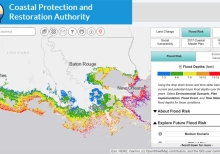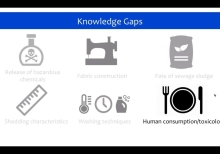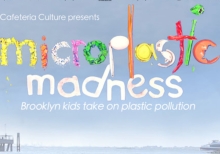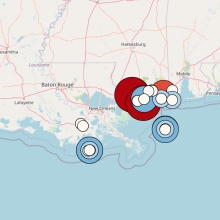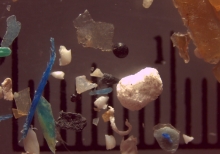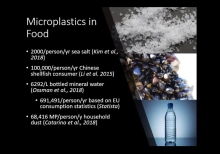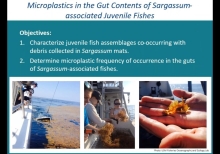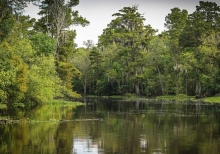Master Plan Data Viewer
This viewer displays the results from CPRA's 2017 Coastal Master Plan and provides resources to reduce risk. Information includes: future land change, storm surge flood risk, coastal vegetation, and social vulnerability. Also included are the state's proposed restoration, structural protection, and nonstructural risk reduction projects to help make communities safer. This information is for coastal planning purposes, and is not appropriate for site-specific decision making.
